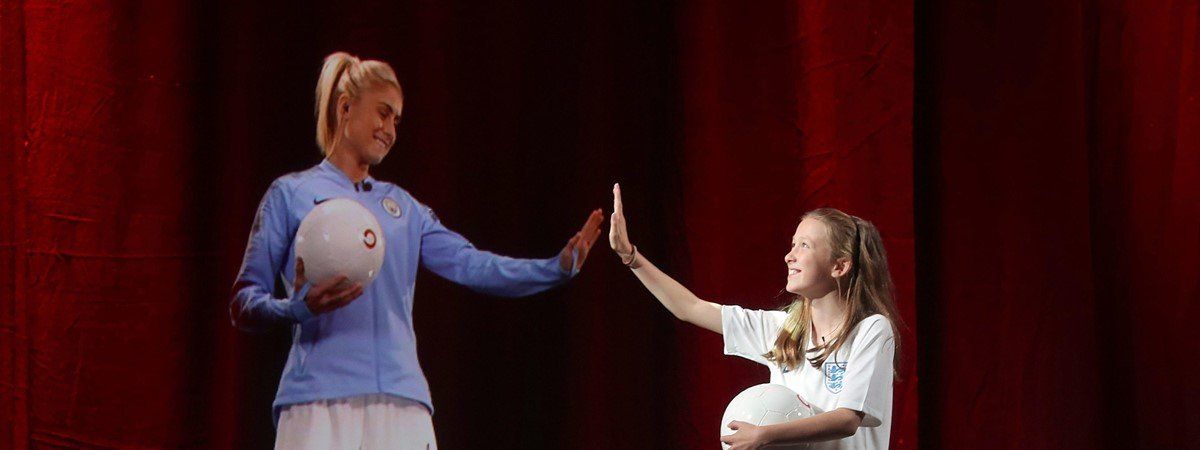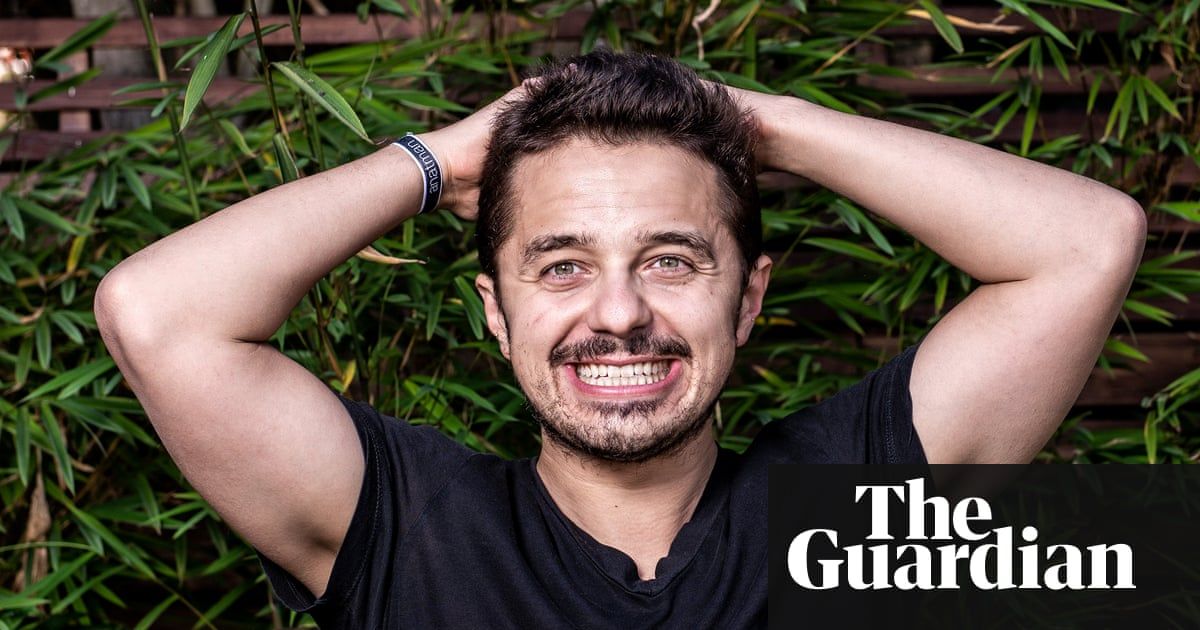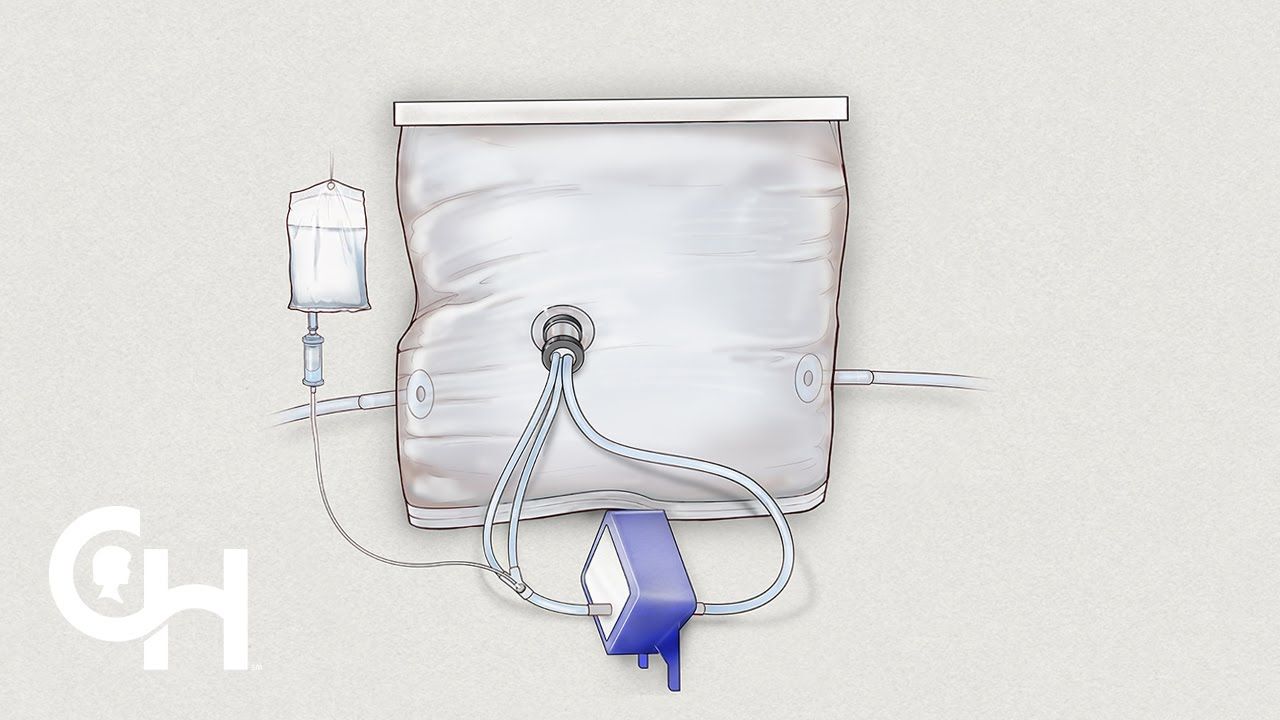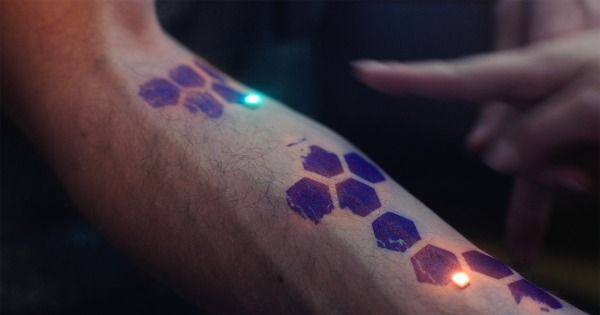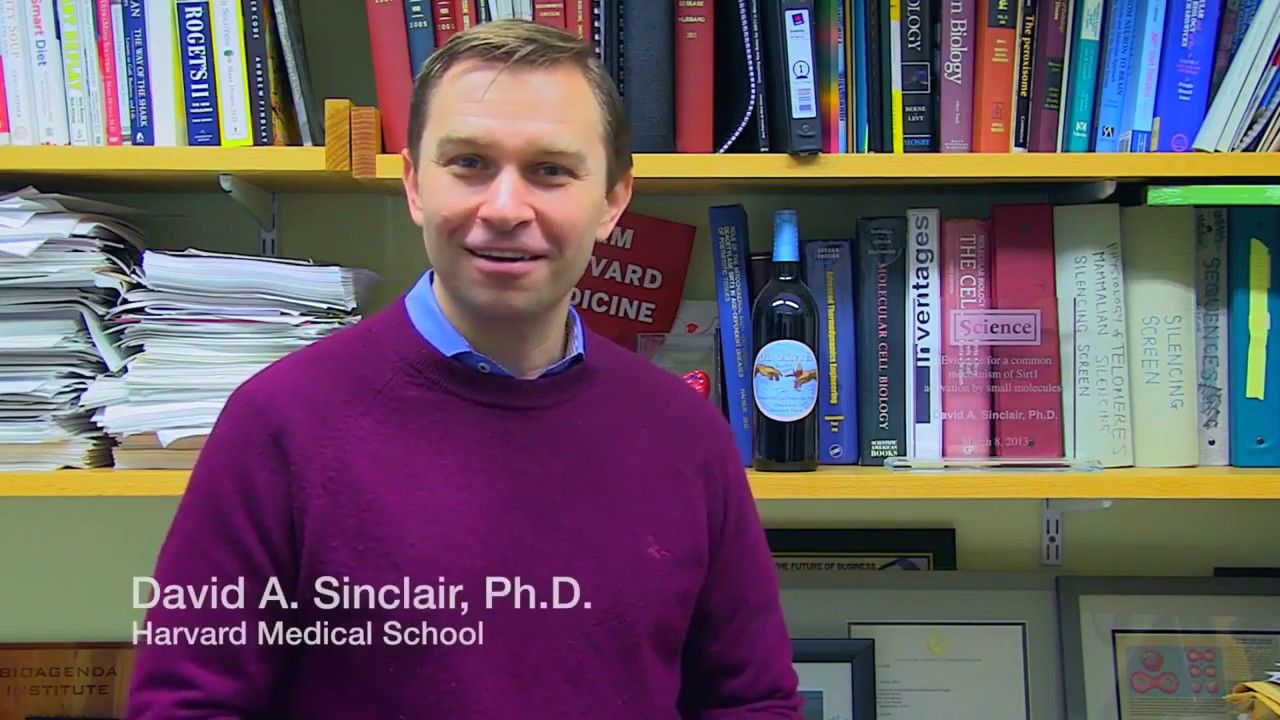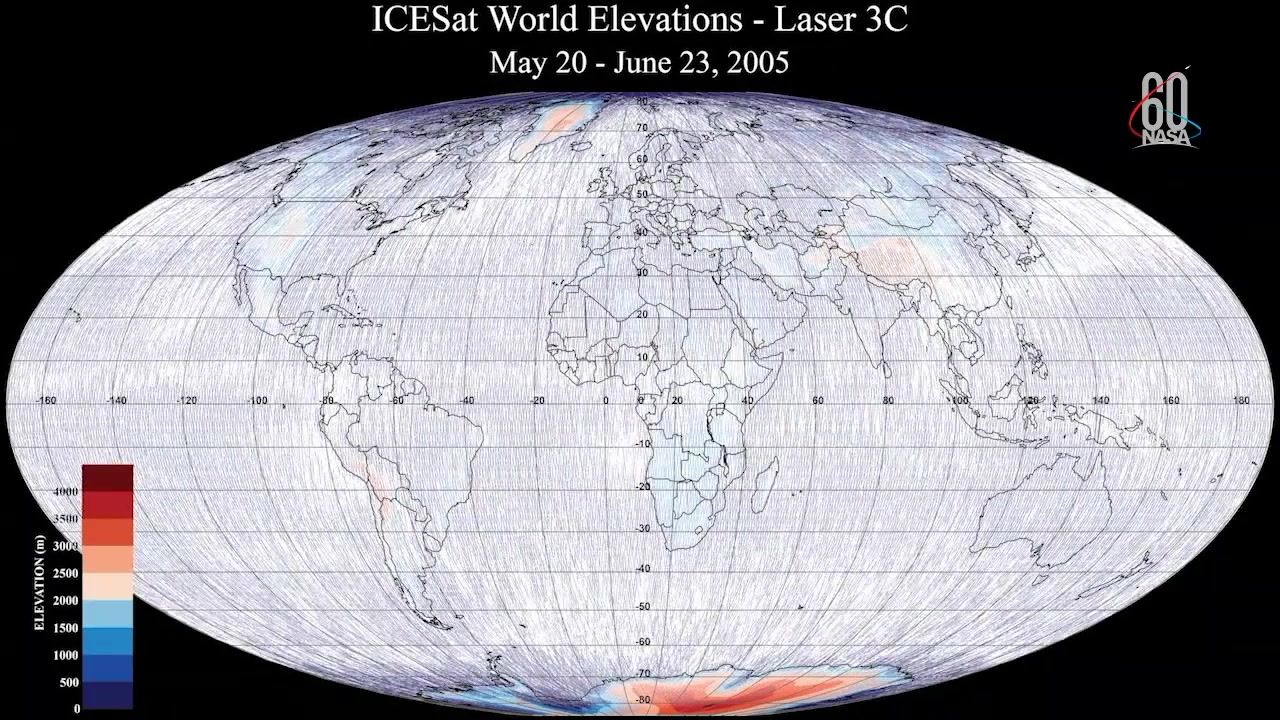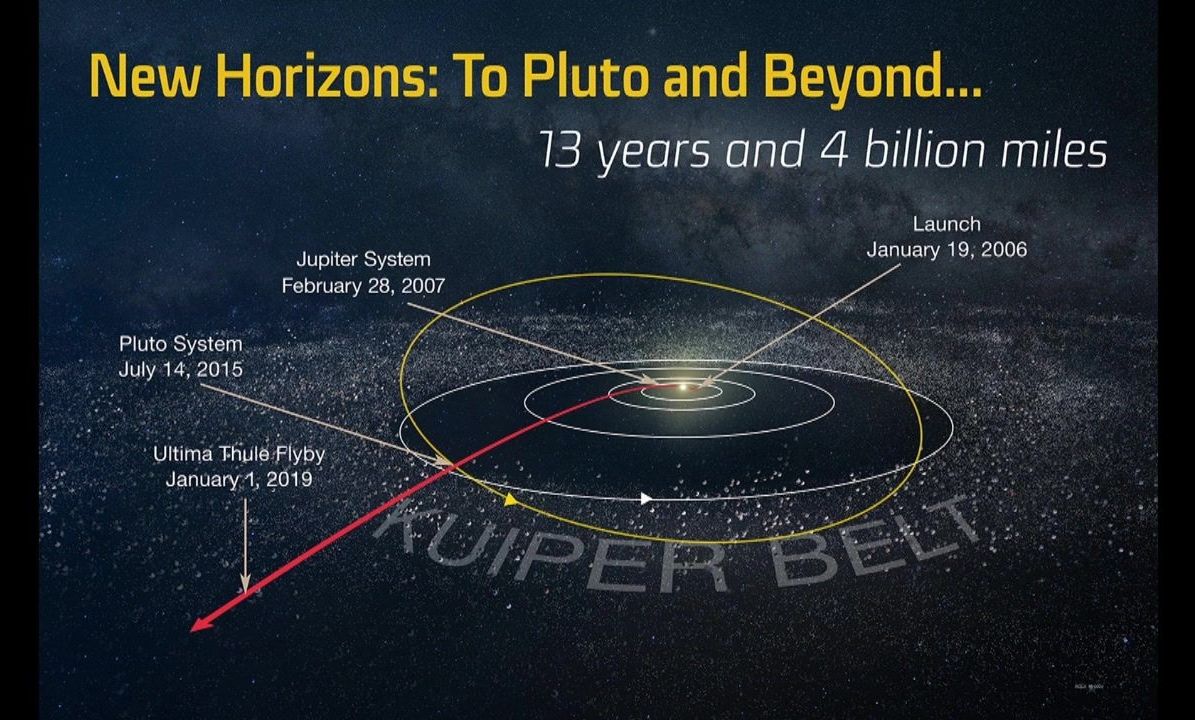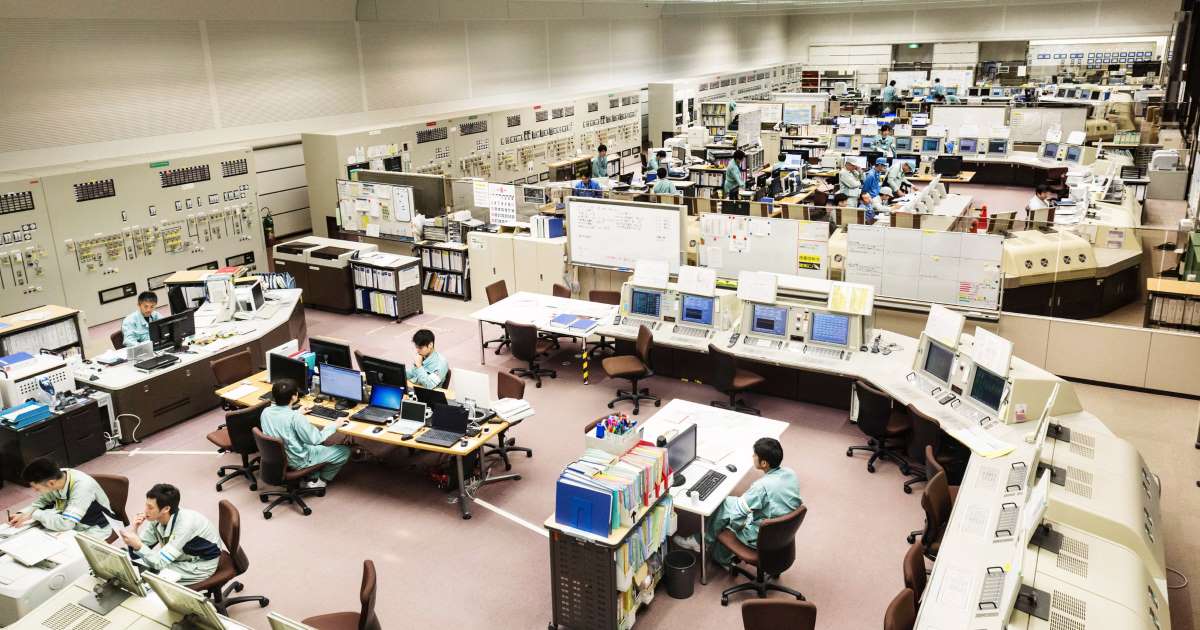24 votes and so far on Reddit.
Given the speed at which reproductive technology has advanced over the past few decades, it doesn’t feel all that far-fetched: A future in which anyone can have a baby, regardless of creed or need, whenever they feel like it. Already, in our present moment, one can buy or sell eggs and sperm; we can give embryos genetic tests to ensure the children they produce don’t have any life-threatening hereditary conditions; and babies can even be born, now, with the genetic information from three parents.
So it follows that we should soon be able to to have pregnancy outside the body — artificial wombs. R ight?
You’d think. Scientists have already figured out how to mimic many of the body’s processes for techniques like in-vitro fertilization and even hormonal birth control. But the ways mothers’ bodies support and signal fetuses is incredibly complicated — and the science isn’t yet at a point where we can simulate these processes. And because scientists are prohibited from studying embryos 14 days past their fertilization, that’s one sci-fi vision that is not likely to come to fruition.
DONATE TO CAMPAIGN ► https://goo.gl/kfGdnh
Original Video ► https://goo.gl/YrjnLa
Website ► https://www.lifespan.io/
“Conquering the negative effects of aging is one of the oldest dreams of humanity, and now through the steady progress of science, we are poised to fulfill that dream.
Whether this occurs in 20 years or 200 is largely a question of funding. The best way to accelerate this process is by mobilizing those who desire the option of a longer and healthier life into a cohesive social force — crowdfunding relevant research and advocating for its benefits to society.
On lifespan.io researchers post projects related to longevity or age related disease, and receive funds from contributors to fulfill their goals. Contributors, in turn, are able to exercise agency in the development of potentially life changing research, as well as receiving rewards specified by the project creators.” “Keith Comito is a computer programmer and mathematician whose work brings together a variety of disciplines to provoke thought and promote social change. He has created video games, bioinformatics programs, musical applications, and biotechnology projects featured in Forbes and NPR. In addition to developing high-profile mobile applications, he explores the intersection of technology and biology at the Brooklyn community lab Genspace, where he helped to create games which allow players to direct the motion of microscopic organisms. He earned a B.S. in Mathematics, B.S. in Computer science, and M.S. in Applied Mathematics at Hofstra University, where his work included analysis of the LMNA protein.”
——–
ICESat-2 Launch Coverage
Posted in space
Join us at 1 p.m. EDT on Wednesday, Sept. 19, as our experts discuss humanity’s farthest planetary flyby that is coming up on Jan. 1, 2019 of the mysterious object nicknamed “Ultima Thule”. The encounter will occur approximately 4 billion miles from Earth complementing the discoveries still coming from the mission’s epic July 2015 flight through the Pluto system.
A new fascinating feature is out by The Guardian magazine (via writer Richard Godwin) on the future of the human body. Six of us are interviewed and/or wrote about our take on the future. Fun reading! My mini-essay is in this: https://www.theguardian.com/…/regular-body-upgrades-what-wi… #transhumanism
Mechanical exoskeletons, bionic limbs, uploadable brains: six experts’ visions of 2118.
